Artist Gregory Kloehn veered off course from a career creating large-scale sculptures, focusing his talents on making tiny buildings from garbage. He erects one-room houses to hotel the homeless, dumpster diving for raw materials which he reassembles into inventive (and minuscule) mobile homes.
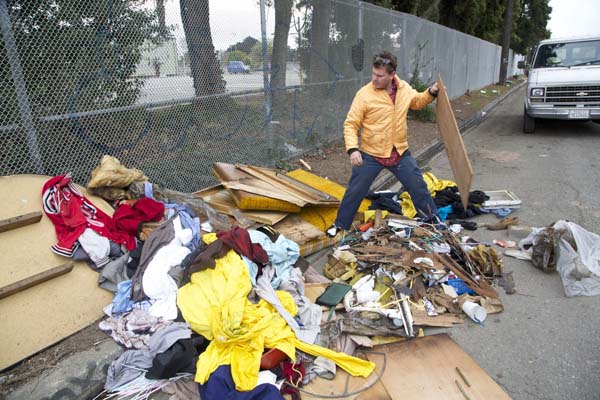
This is where upcycling is perfect to help those who don’t have money to shop or buy a home of their own.
The little structures are built on a base about the size of a mattress, usually made from old wood shipping pallets and topped with a pitched roof to divert rain (Kloehn works in the famously moist Bay area of Oakland, California – but these shelters can be used everywhere).
He also buys and adds wheels, so new owners can easily relocate when needed.
He first set out to build tiny homes with materials sourced from illegal dump sites, with an intention to sell them.
Story goes that one day, a homeless man came by his studio asking for a tarp to use as shelter. He couldn’t afford to buy his own.
Kloehn – who was working on a small wood frame (equipped with a rudimentary kitchen, water tank and small trap for human waste) – realized it could act as an actual “house” for this man, a customized and securable space in which to live.
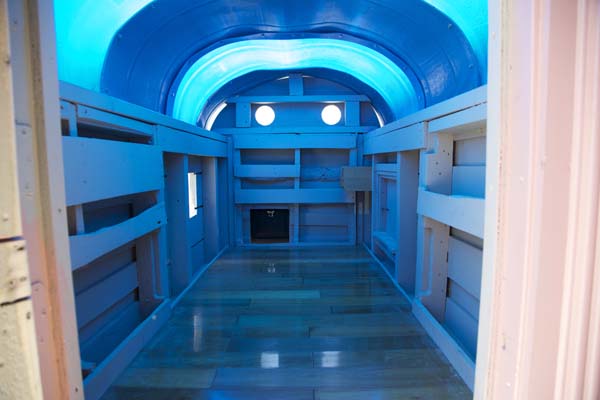 Kloehn is not homeless, although he lives in a similar structure while vacationing in New York; this guy knows small-house living. Each new design is inspired in part by the changing inventory of materials at hand.
Kloehn is not homeless, although he lives in a similar structure while vacationing in New York; this guy knows small-house living. Each new design is inspired in part by the changing inventory of materials at hand.
Unlike his sculptural works, these creations are being used. His houses change lives.
California has the largest homeless population in America. Kloehn can’t solve the problem, his inexpensive solution can help.
He’s also attracting media attention and donations and a small army of volunteers. Reach out to him via his Facebook page if you would like additional info (link here). If you are a dumpster diver, who likes to salvage perfectly great items that other people shop for, online or in stores, start up a project like this for homeless near you.
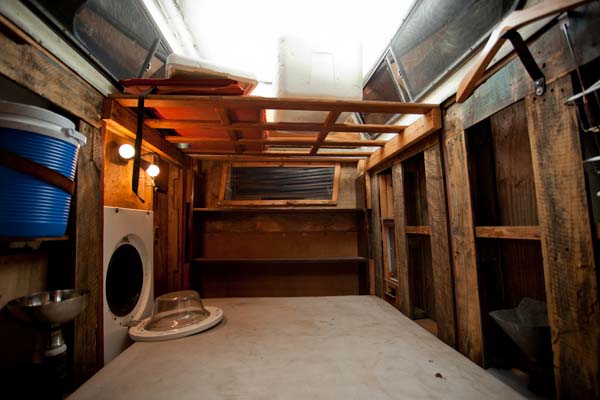 His housing recipe can be replicated most everywhere on the planet. Here in Jordan, I’ve seen small NGOs sweat blood to raise funds for metal cabins (similarly sized to Kloehn’s houses), then bend in pretzel twists to get them cleared through Customs for delivery – an arduous process that chews up time and more cash.
His housing recipe can be replicated most everywhere on the planet. Here in Jordan, I’ve seen small NGOs sweat blood to raise funds for metal cabins (similarly sized to Kloehn’s houses), then bend in pretzel twists to get them cleared through Customs for delivery – an arduous process that chews up time and more cash.
Jordan is a mecca for illegal dumping. Perhaps an Amman architectural school could replicate this project as a for-credit design studio class? For minimal investment, corporate sponsors could step up to host a city-wide design competition. Involve international schools with established community service programs. Team up with Habitat for Humanity.
Participants could clear dumpsites AND create useful shelter for refugees or local roadside tent communities; it’s so easy to think outside the box in this zip code so rich in improper waste disposal and human need.
Kloehn doesn’t plan to stop building. He’s thinking about teaching others how to make them – starting classes.
“A lot of people who hear about what I’m doing want to get involved,” he told Viral Nova. “Maybe we meet someplace and put a couple homes together.”
It’s brilliant. If more people could learn how to create these tiny homes for others, the impact is enormous. Incite creativity, clean up trash heaps, and change lives.
All images from Gregory Kloehn

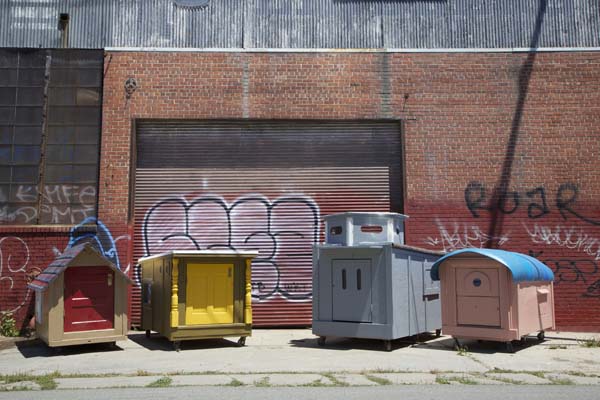
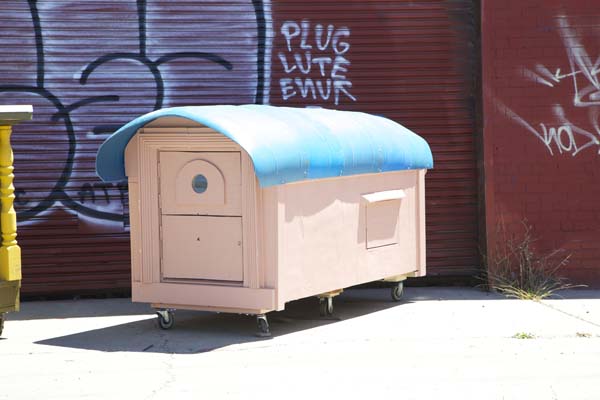
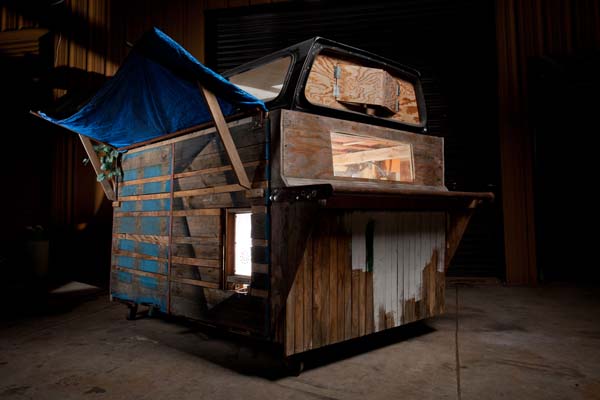
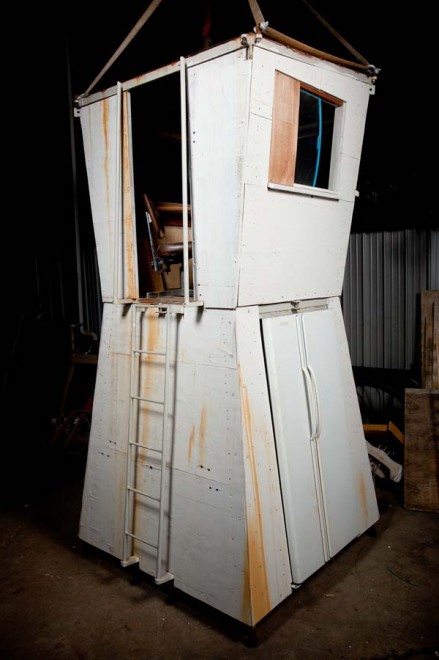

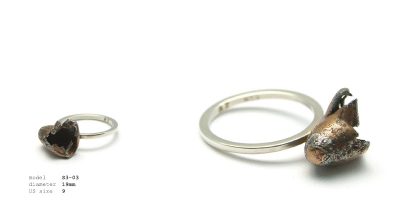

Collectors come in two kinds: the one who has affiliation with a permanent drop-off site, and the one who operates from a temporary location set up for a specific collection event.
Many households now have a specific bin for rubbish and at least one more for recycling,
in some progressive areas separate bins for paper, glass and plastic is common. The reason that this is so important is
because those electronics can contain materials
such as mercury or lead, which can be harmful not only to human beings, but also to the environment.
Great story on using these containers to make housing. Love the tiny homes. I used this guide to build mine http://www.amazon.com/Small-Home-Tiny-House-Estimate-ebook/dp/B00IKT3TW4 It focuses more on design and budget but I highly suggest it.